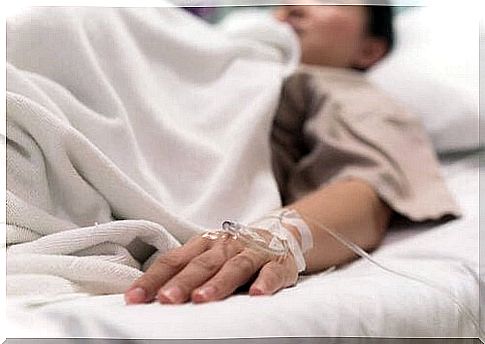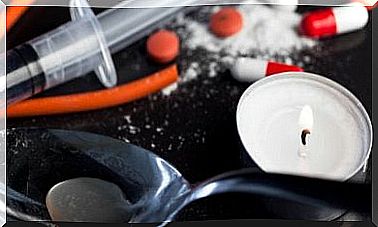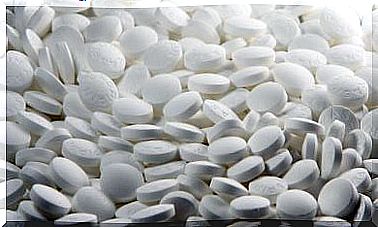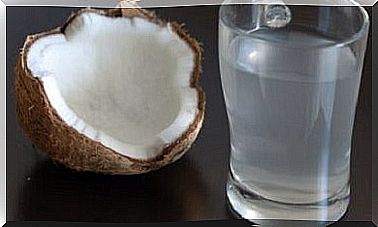Sternotomy: Complications And Recovery

Currently, most surgical interventions on the heart are performed through a medial sternotomy. This type of incision was first proposed in 1857. It became popular in 1957 for the cardiac and great vessel approach.
In general, complications from sternotomy are infrequent. However, when they appear, they generate considerable morbidity and mortality. The most frequent complications are infection and mediastinitis.
In this sense, the most complete study was carried out in parallel by the Karolinska Institute in Sweden, the University of Toronto in Canada and the Washington University of Saint Louis, Missouri, United States. In their conclusions they managed to establish most of the risk factors.
Sternotomy: what is it?

Sternotomy has been considered as an alternative with a better prognosis compared to previous techniques.
A sternotomy is a surgical incision that is made over the sternum. It is used to perform cardiac or thoracic surgery. It began to be used in the 1950s, replacing bilateral transverse thoracotomy, which was the usual procedure until then.
The popularization of sternotomy happened because it was less painful than its predecessor. However, it was quickly seen that it had the potential to unleash some problems, such as infections or dehiscence; that is, spontaneous opening of the suture.
Through the sternotomy, a vertical division is made in the area of the sternum. This allows access to the entire chest area, including the heart and lungs. It has several advantages, such as less postoperative pain, access to the pleural spaces, as well as greater protection to the muscles of the shoulder girdle.
Sternotomy complications
Sternotomy is a basically safe procedure. However, it sometimes gives rise to certain complications. One of the most frequent is infection, although it only affects about 3% of patients.
Incisional infection can be superficial or deep. The consequences, in all cases, are serious. They usually involve a long hospital stay and are potentially deadly. In addition, about 4 to 7% of patients with infection associated with a sternotomy die.
The infection may consist of local cellulitis, sternal osteomyelitis, or mediastinitis. On average, these complications appear within 7 to 12 days after surgery. However, most patients develop them within the first week.
Mediastinitis is the most serious complication. It consists of acute or chronic inflammation of the mediastinum. It is the result of an infection and is serious and often deadly. There is usually a surgical management.
Risk factors

The main risk of this operation is the presence of further infections. Infection associated with sternotomy is related to three groups of factors. The first group has to do with the elements inherent to the patient, present before the surgery. The second, with the development of the surgical procedure; and the third, with postoperative factors. See in more detail:
- Preoperative factors. In this case, risk factors include being male, being older, suffering from obesity, diabetes, chronic obstructive pulmonary disease, kidney failure, or smoking.
- Factors related to surgery. It includes factors such as the urgency of the surgery, its duration, type of intervention, excessive electrocautery, cardiogenic shock, among others.
- Postoperative factors. Risk factors are reintervention, prolonged mechanical ventilation, bleeding and use of inotropic agents, among others.
Recovery
Usually, the treatment of infections includes measures such as drainage, irrigation, vacuum-assisted closure, surgical debridement, covering the area with myocutaneous or only muscle flaps, the chest wall and administration of systemic antibiotics.
In addition, post-sternotomy care includes brief bathing of the wound with mild soap and careful drying. The suture is resorbed after a few weeks. The “steri-strips”, self-adhesive strips that facilitate healing, fall on their own or are removed by the patient after a week.
It is normal for there to be intermittent and transient pain in the wound. However, these must respond to the prescribed analgesics. It is also normal for the incisions to inflame a little, but after a couple of months they should return to normal.









